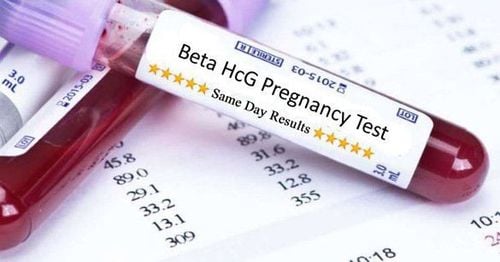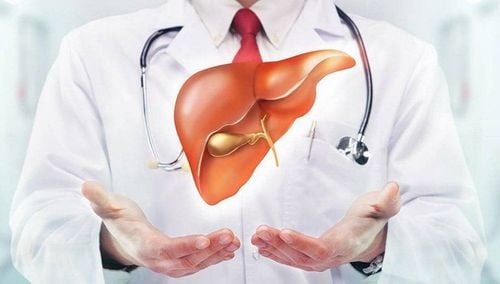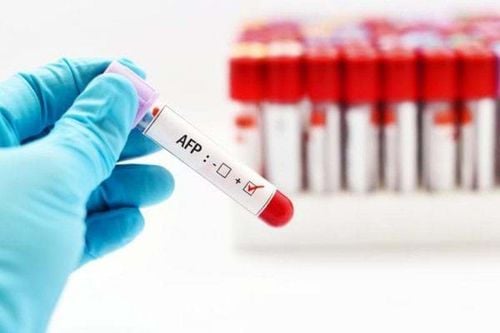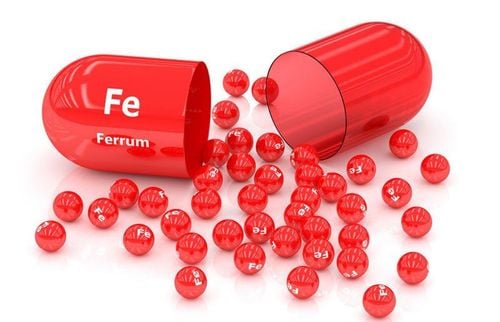This is an automatically translated article.
The article was written by Specialist Doctor II Le Thi Na - Doctor of Hematology, Laboratory Department - Vinmec Times City International General HospitalA complete blood count is a test to provide important information about the types and numbers of cells in the blood, especially red blood cells, white blood cells, and platelets. A complete blood count also helps doctors diagnose conditions like anemia, infections, and many other disorders.
Peripheral blood cell total analysis test is a basic test, simple to perform, quick to test, provides very useful parameters for overall assessment of health status our.
Peripheral blood cell total analysis is an indispensable indication in routine medical examination and treatment as well as in medical examination and treatment.
1.Meaning of test parameters 1.1 Red blood cell counts Each test index has its own reference range depending on the test equipment, age and laboratory.
Red Blood Cell (RBC): The number of red blood cells present in a unit volume (usually liters) of whole blood. Increased red blood cell count: Found in hemoconcentration, primary polycythemia... Decreased red blood cell count: Found in blood loss, iron deficiency, bone marrow failure, myeloproliferative disorders... Mass volume Hematocrit (HCT): The volume of red blood cells displaced in one liter of whole blood. Increased volume of red blood cells: Seen in cases of hemoconcentration, polycythemia... Decreased volume of red blood cells: Found in cases of anemia, especially acute blood loss: trauma, obstetrics... Amount Hemoglobin (HGB): Is the amount of hemoglobin present in one liter of whole blood and is the standard used to determine whether anemia is present. Hemoglobin is elevated: Think of polycythemia. glomerulonephritis, hemoconcentration in fever, dehydration, burns. Decreased hemoglobin: Seen in anemia, especially in chronic anemia. Mean Corpuscular Hemoglobine (MCH): The amount of hemoglobin contained in a red blood cell. Formula: MCH = HGB/RBC. Mean Corpuscular Hemoglobin Concentration (MCHC) is the amount of hemoglobin contained in 1 liter of red blood cells. Calculation formula: MCHC= HGB/HCT. MCH and MCHC are indicators used to assess hypochromic or hypochromic erythrocytes: decreased MCHC and/or decreased MCH: hypochromic anemia; MCH and MCHC within normal limits: normochromic anemia. Mean Corpuscular Volume (MCV): is the mean volume of one red blood cell. Evaluated as macrocytosis when MCV > 100fl, common in: hemolysis, bone marrow failure, vitamin B12 and folic acid deficiency; Small red blood cells when MCV < 80fl: Seen in Thalassemia, iron deficiency anemia... Red Distribution Width (RDW): assess whether the condition of red blood cells is uniform or not, thereby contributing to suggest the cause of anemia.
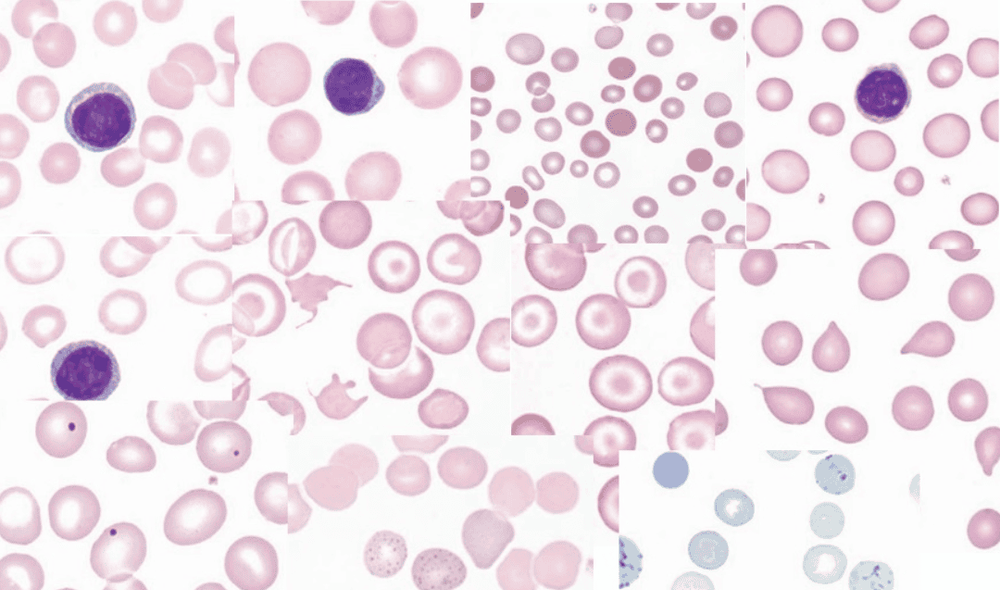
1.2 White Blood Cells White Blood Cell (WBC): The number of white blood cells present in a unit volume (usually liters) of whole blood. White blood cells have 5 components, depending on which component changes, suggest different pathological conditions. White blood cells are cells that protect the body through phagocytosis and immunity. Neutrophils (NEUs): are white blood cells that protect the body through phagocytosis. Neutrophils increase in infections, trauma, pregnancy, leukemia... Neutrophils decrease in severe infections, viral infections, after chemotherapy and radiation...
Lymphocytes (Lymphocyte - LY): is a type of cell that protects the body through humoral immunity and cell-mediated immunity. Lymphocytes are increased in tuberculosis, chronic inflammation, viral infections... Lymphocytes are decreased in severe immunodeficiency.
Monocyte (Monocyte-MO): is a cell with the function of protecting the body through the mechanism of phagocytosis. Monocythemia vera is increased in chronic infections and certain mononucleosis. Basophils (Basophil-BA): make up less than 1% of white blood cells, usually increased after some allergic reactions.
Eosinophils (Eosinophil-EO): make up a very small percentage, increase in parasitic infections and play a role in the body's immune response and inflammatory response.
1.3 Platelet Indicators Platelet count (Platelet-PLT): Is the number of platelets present in a unit volume (usually liters) of whole blood. Decreased platelet count: Seen in viral fever, Dengue fever, thrombocytopenic purpura, DIC, cirrhosis, bone marrow failure, acute leukemia, myeloproliferative disorders. Platelet count increased: Seen in myeloproliferative syndrome, after splenectomy, increased due to some other diseases (lung cancer, lung metastasis...).
Mean Platelet Volume (MPV): The average volume of a platelet. Normal value: 5-8 fl. When MPV >12fl: Thrombocytopenia, seen in myeloproliferative syndrome, myeloproliferative disorders, thrombocytopenia bleeding, Bernard Soulier syndrome. When MPV <2 fl: Small platelets, seen in bone marrow failure.
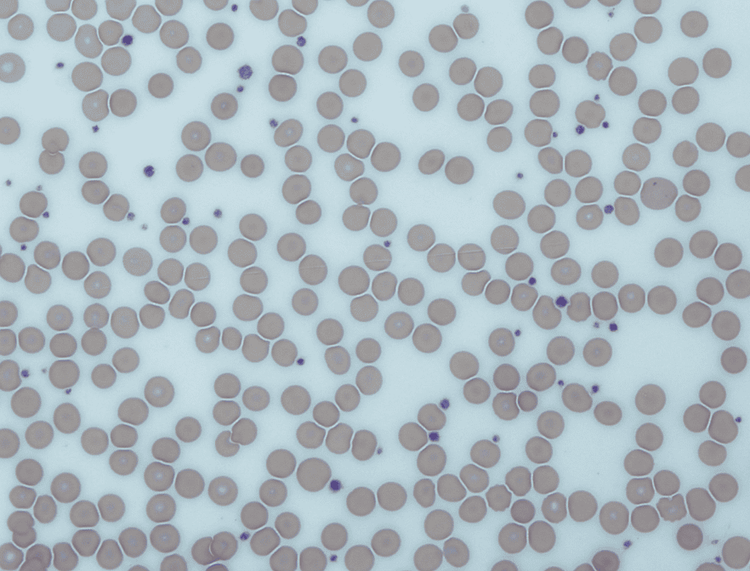
2. Notes on testing When testing, it is best to draw blood in the early hours of the morning, before breakfast. Certain medications can affect the test results: thyroid medications, anti-inflammatory pain relievers, etc. Too high a white blood cell count or triglyceride level can cause hemoglobin values to drop. artificially high. Pregnancy often causes low red blood cell counts and possibly high white blood cells.
The reference range of peripheral blood cell indices varies with age, testing equipment, and varies depending on the overall condition, or pathology of each individual, so the values also have different meanings together. Therefore, when we have learned about the test parameters, but the analysis of the results of the peripheral blood cell analysis test should be combined by the doctor with other data for accurate advice.
At Vinmec Times City International Hospital, the total peripheral blood cell analysis is performed on 02 automatic hematology equipment systems and is connected to the automatic slide making system. Blood smears are read on an automatic slide reader, thereby helping to detect potential blood cell conditions early.
Please dial HOTLINE for more information or register for an appointment HERE. Download MyVinmec app to make appointments faster and to manage your bookings easily.






